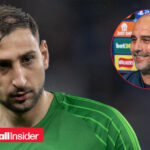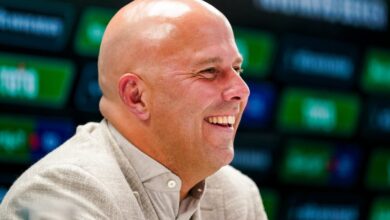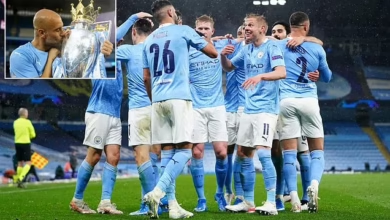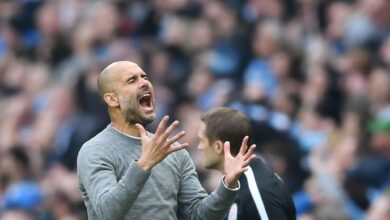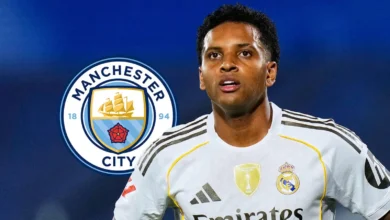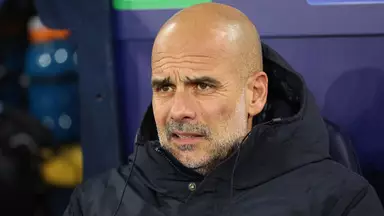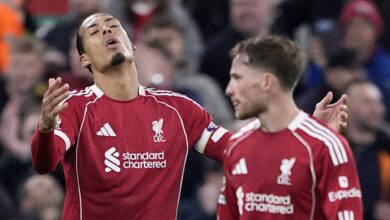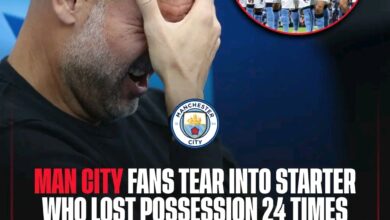Manchester City’s Goalkeeper Revolution: Why Donnarumma Could Transform the Etiha
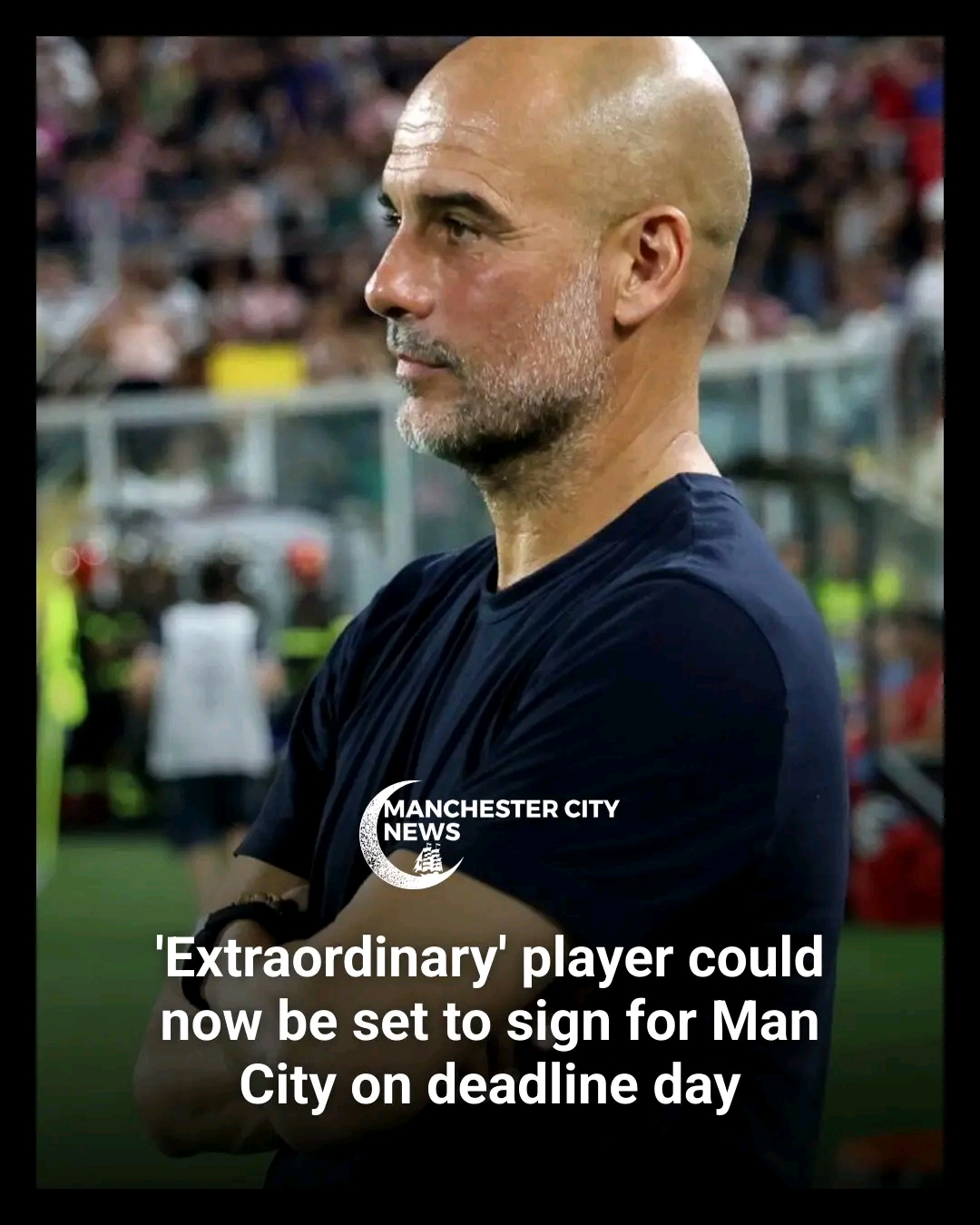
The football world has been set ablaze with speculation following Manchester City News’ confirmation that Pep Guardiola’s Manchester City are actively pursuing Paris Saint-Germain’s star goalkeeper Gianluigi Donnarumma. This potential blockbuster signing represents far more than a simple squad upgrade – it signals a possible philosophical shift in how the Premier League champions approach one of football’s most specialized positions. Yet the path to this transformative signing is fraught with complexity, as the Italian international’s traditional goalkeeping style presents both immense opportunity and significant integration challenges for a team built around revolutionary tactical principles.
Gianluigi Donnarumma stands as one of modern football’s most compelling figures between the posts. At just 25 years of age, the towering Italian has already carved out a legendary career trajectory that few goalkeepers in history can match. His journey from a teenage prodigy breaking into AC Milan’s first team to becoming PSG’s undisputed number one reads like a footballer’s fairy tale, punctuated by moments of brilliance that have defined crucial matches for both club and country.
Standing at an imposing 6’5″, Donnarumma possesses the physical attributes that immediately set him apart from his contemporaries. His wingspan creates an intimidating presence that can psychologically unsettle even the most confident strikers, while his agility defies his substantial frame. These natural gifts have been honed through years of elite-level competition, resulting in a goalkeeper whose shot-stopping ability borders on the supernatural.
The statistics surrounding Donnarumma’s career paint a picture of consistent excellence that transcends league boundaries. During his time at AC Milan, he established himself as one of Serie A’s premier goalkeepers before his controversial move to PSG, where he has continued to demonstrate world-class ability. His performances for the Italian national team, particularly during their triumphant Euro 2020 campaign, showcased his ability to rise to the occasion when the stakes are highest.
However, what makes Donnarumma truly exceptional is not just his ability to make spectacular saves, but his consistency in performing the fundamental aspects of goalkeeping at the highest level. His positioning is exemplary, his decision-making in one-on-one situations is superb, and his command of the penalty area instills confidence in defenders while creating uncertainty among attacking players. These qualities represent the cornerstone of traditional goalkeeping excellence.
Yet it is precisely this traditional excellence that creates the most intriguing aspect of City’s pursuit. Donnarumma embodies everything that classical goalkeeping represents – shot-stopping prowess, aerial dominance, and commanding presence. His style harks back to the great Italian goalkeepers of previous generations, men who built their reputations on keeping clean sheets rather than contributing to attacking phases of play.
The recent match against Tottenham provided a stark illustration of the challenges that await any goalkeeper attempting to integrate into Guardiola’s system. James Trafford, despite his promising pedigree and previous success at Burnley, found himself exposed against Spurs in ways that highlighted the immense complexity of City’s tactical requirements.
Trafford’s struggles were not primarily related to traditional goalkeeping duties – his shot-stopping remained competent, and his physical presence was adequate. Instead, his difficulties emerged in the nuanced aspects of City’s possession-based approach. The young Englishman appeared uncertain when receiving passes under pressure, occasionally rushed his distribution decisions, and seemed uncomfortable with the expectation to contribute meaningfully to build-up play.
The most telling aspect of Trafford’s performance was how it disrupted City’s usual rhythm. Teammates who had grown accustomed to Ederson’s reliability in possession found themselves adjusting their positioning and movement patterns to accommodate a goalkeeper less comfortable on the ball. This ripple effect demonstrated how central the goalkeeper’s role is to City’s tactical framework and how even minor deficiencies in this position can impact the entire team’s performance.
Despite Ederson being available on the bench amid ongoing speculation about his potential departure, Guardiola’s decision to persist with Trafford and maintain City’s commitment to building from the back spoke volumes about the manager’s tactical philosophy. This unwavering dedication to his principles, even in the face of obvious difficulties, underscored the non-negotiable nature of certain aspects of City’s playing style.
The implications of Trafford’s struggles extend beyond a single match result. They serve as a reminder that technical ability, while important, represents only one component of success in Guardiola’s system. The psychological aspects – confidence under pressure, decision-making speed, and tactical understanding – are equally crucial and often more difficult to develop.
To understand the magnitude of the challenge facing any incoming goalkeeper, one must first appreciate the revolutionary approach Guardiola has brought to the position. Since his arrival at Manchester City, the Spanish tactician has fundamentally altered expectations of what a goalkeeper can and should contribute to team success.
Traditional goalkeeping coaching emphasized shot-stopping, positioning, and distribution as separate skills with distinct priorities. Guardiola’s approach treats these elements as interconnected components of a larger tactical puzzle. In his system, the goalkeeper’s primary responsibility shifts from preventing goals to facilitating the team’s possession-based approach while maintaining defensive security.
This philosophy manifests in numerous ways throughout a typical City match. The goalkeeper regularly receives passes from center-backs even when opposing forwards are applying pressure, requiring not just technical skill but exceptional composure and decision-making ability. They must be capable of playing accurate passes over various distances, from simple lateral balls to ambitious long-range distributions that can instantly transform defensive situations into attacking opportunities
The positional requirements alone represent a departure from traditional goalkeeping. Guardiola’s goalkeepers often operate as sweeper-keepers, venturing far from their goal line to support defensive actions and provide additional passing options. This requires reading the game at a level typically associated with outfield players, anticipating attacking movements, and making split-second decisions about when to engage and when to hold position.
Perhaps most challenging is the expectation to take calculated risks in service of the team’s tactical objectives. Traditional goalkeeping wisdom emphasizes safety and security, but Guardiola’s system sometimes demands risky passes or aggressive positioning that could prove costly if executed poorly. The goalkeeper must possess not just the technical ability to execute these actions but the mental fortitude to continue taking risks even after occasional failures.
Should Manchester City successfully secure Donnarumma’s signature, the integration process would represent one of the most fascinating tactical experiments in recent football history. The Italian’s adaptation would require extensive work across multiple dimensions, beginning with technical development in areas outside his established expertise.
The technical aspects alone would demand months of intensive training. Donnarumma would need to develop greater comfort and accuracy in short passing under pressure, enhance his range and precision in long-distance distribution, and improve his first touch when receiving passes in tight spaces. These skills, while seemingly basic, require constant refinement when performed at the speed and intensity of Premier League football.
Beyond technical development, Donnarumma would face the challenge of tactical education. Understanding City’s positional play principles requires grasping not just where teammates will be positioned but when they will arrive in those positions, how opposing teams typically respond to certain patterns of play, and which passing options offer the best risk-reward profiles in different game situations.
The psychological adaptation might prove equally demanding. Traditional goalkeepers are often trained to prioritize safety and minimize risks, approaches that can conflict with Guardiola’s expectations. Donnarumma would need to overcome deeply ingrained instincts and embrace a more expansive, occasionally dangerous approach to his position.
The learning curve would likely manifest in several phases. Initially, Donnarumma might focus primarily on basic distribution and positioning requirements while maintaining his traditional strengths. Gradually, he would incorporate more complex elements of Guardiola’s system, developing the confidence to take greater risks and contribute more significantly to attacking phases.
Throughout this process, patience would be essential from all parties. Guardiola would need to accept that integration might impact short-term results while the long-term benefits develop. Donnarumma would need to maintain confidence despite inevitable mistakes and setbacks. The team would need to adjust their expectations and potentially modify certain patterns of play to accommodate their goalkeeper’s development
The potential arrival of Donnarumma might necessitate tactical modifications that could reshape City’s approach in subtle but significant ways. While Guardiola has demonstrated remarkable consistency in his tactical philosophy, he has also shown pragmatic flexibility when circumstances demand adaptation.
One possible adjustment could involve modifications to City’s build-up patterns, potentially reducing the goalkeeper’s involvement in certain high-risk situations while maintaining overall positional principles. This might include more direct distribution in specific game phases or alternative passing sequences that bypass the goalkeeper when facing intense pressing.
However, such modifications would come with trade-offs. City’s tactical advantage has partly stemmed from the unpredictability and fluidity of their build-up play, with the goalkeeper serving as a constant and reliable foundation. Reducing this element might impact their ability to break down well-organized defenses and could affect their territorial control and possession statistics.
Another consideration involves the potential impact on City’s defensive stability. Donnarumma’s traditional strengths – shot-stopping, aerial dominance, and penalty area command – could significantly enhance City’s defensive security, particularly in high-stakes matches where individual moments of brilliance can prove decisive.
The integration might also influence City’s recruitment strategy for other positions. If the goalkeeper becomes less central to build-up play, the team might require additional creativity and passing ability from center-backs or defensive midfielders to maintain their possession-based approach
From a strategic perspective, pursuing Donnarumma represents a significant commitment that extends far beyond the immediate transfer fee. The Italian’s wages would likely place him among the highest-paid players in the squad, while the opportunity cost of not pursuing alternatives more naturally suited to Guardiola’s system must also be considered.
The investment takes on additional significance when viewed through the lens of City’s long-term planning. The club has spent years developing a specific playing style that has brought unprecedented success, and personnel decisions must align with this overarching philosophy. Signing a player who might require extensive tactical accommodation could set a precedent that influences future recruitment decisions.
There’s also the question of market dynamics and competitive advantage. Securing Donnarumma would deny other top clubs access to one of the world’s premier goalkeepers while potentially strengthening City’s squad in multiple ways. His experience, leadership qualities, and proven ability to perform in high-pressure situations could prove invaluable during crucial periods of the season.
The decision must also account for the broader trajectory of goalkeeper development in modern football. As more teams adopt possession-based approaches, the premium on technically gifted goalkeepers continues to increase. By successfully integrating a traditional goalkeeper of Donnarumma’s quality, City could demonstrate that elite shot-stopping ability and modern tactical requirements need not be mutually exclusive
Before committing to the Donnarumma option, City’s decision-makers must carefully evaluate alternative approaches to addressing their goalkeeping situation. The transfer market offers various profiles that might more naturally align with City’s immediate tactical requirements, including goalkeepers who have already demonstrated proficiency in possession-based systems.
The development pathway represents another consideration. City’s academy system has produced talent across multiple positions, and a long-term approach focused on developing goalkeepers who understand the club’s requirements from the outset might prove more sustainable than continually adapting established players to new roles.
There’s also the possibility of pursuing goalkeepers from clubs with similar tactical philosophies. Players who have already adapted to possession-based systems might require shorter integration periods, allowing City to maintain tactical consistency while addressing personnel needs more efficiently.
However, the reality of the modern transfer market means that truly elite goalkeepers comfortable in possession-based systems are increasingly rare and expensive. The combination of traditional excellence and modern tactical adaptability that City requires represents a unique profile that few players can offer.
The Donnarumma situation reflects broader trends in how elite football is evolving the goalkeeper position. The traditional boundaries between goalkeeping and outfield play continue to blur, creating new requirements and opportunities that reshape how clubs evaluate and develop players in this position.
This evolution creates both challenges and opportunities for established players like Donnarumma. Those who can successfully adapt to expanded tactical requirements may find their careers extended and enhanced, while those who cannot risk being left behind despite their traditional excellence.
For clubs like City, the challenge lies in balancing immediate competitive needs with long-term tactical development. The pursuit of trophies creates pressure for immediate solutions, while building sustainable success often requires patience and investment in player development
Manchester City’s pursuit of Gianluigi Donnarumma represents one of the most intriguing tactical puzzles in modern football. The potential signing would bring together one of the world’s finest traditional goalkeepers with one of the most innovative tactical systems, creating a fascinating experiment in adaptation and evolution.
The success or failure of this potential partnership could have ramifications extending far beyond City’s immediate fortunes. It could demonstrate that traditional goalkeeping excellence and modern tactical innovation can coexist, potentially influencing how other clubs approach this position. Alternatively, it might highlight the inherent challenges of adapting established players to revolutionary tactical systems.
Whatever decision City ultimately makes will reflect their assessment of risk versus reward, their confidence in their developmental capabilities, and their long-term vision for squad building. The Donnarumma question encapsulates many of the fundamental challenges facing modern football: the tension between individual excellence and system fit, the importance of tactical adaptability, and the courage required to pursue transformative rather than safe options.
As the football world watches this story unfold, Manchester City stands at a crossroads that could define their approach to squad building for years to come. The choice they make regarding Donnarumma will provide valuable insights into their priorities, their confidence in their tactical philosophy, and their ambitions for continued evolution in pursuit of sustained excellence.
